No article found or not published for this site.

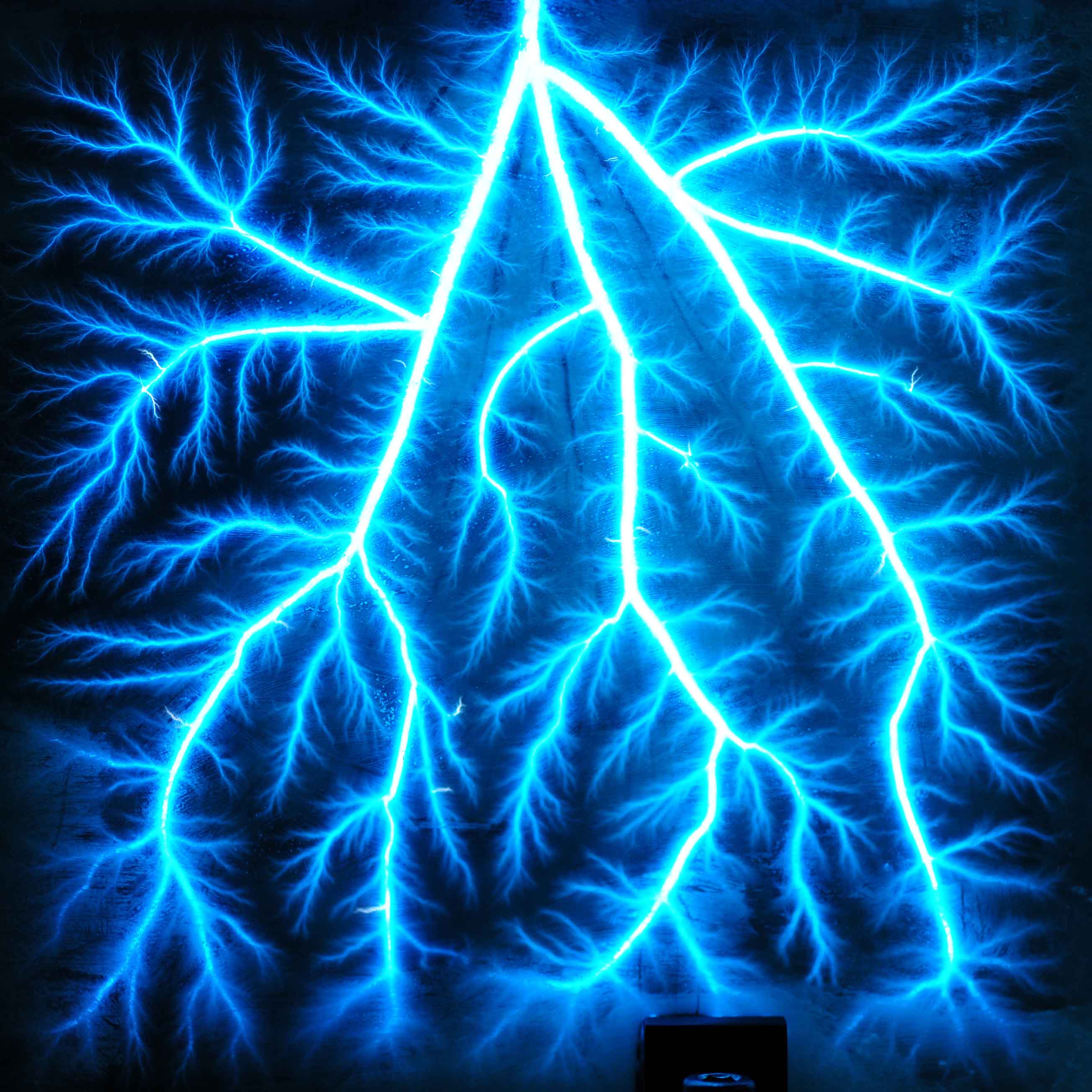
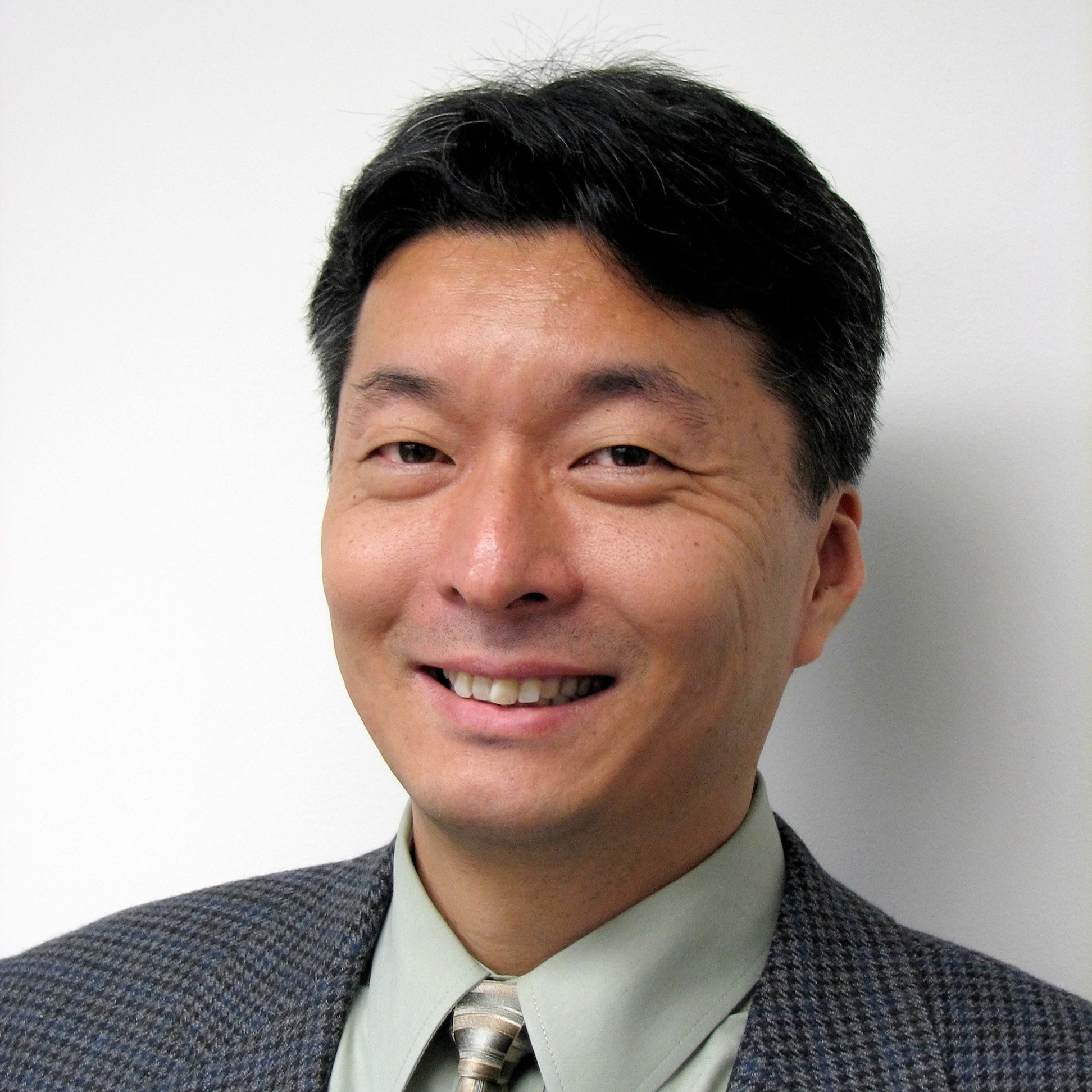

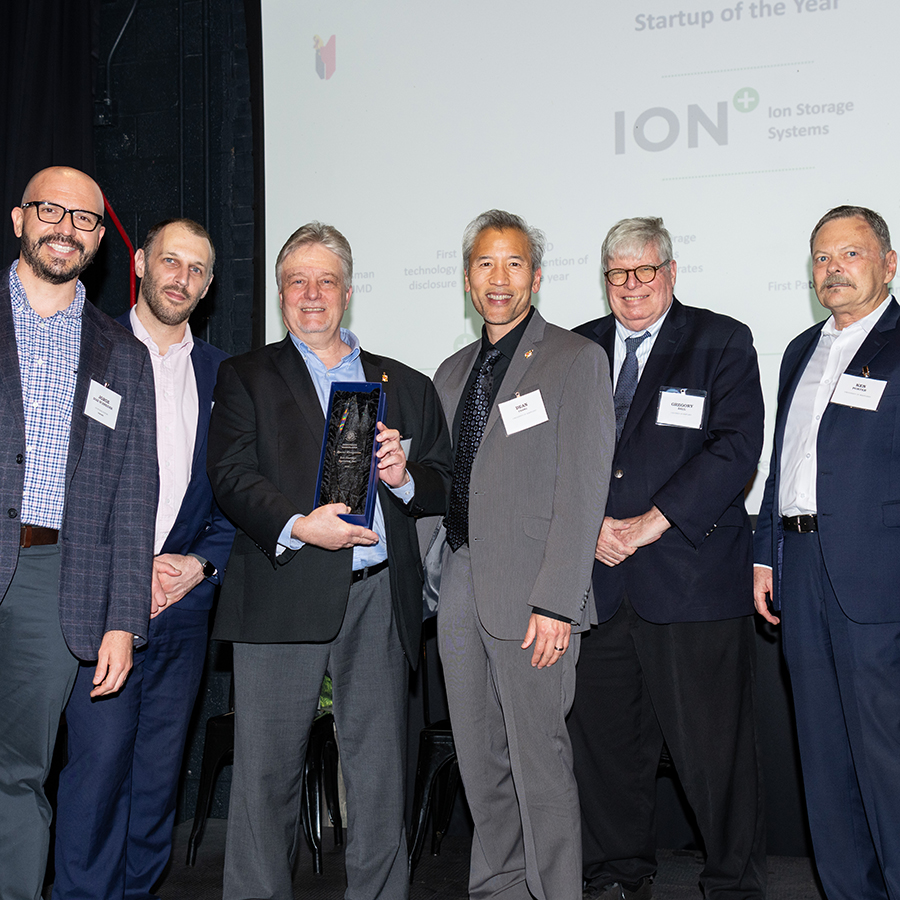
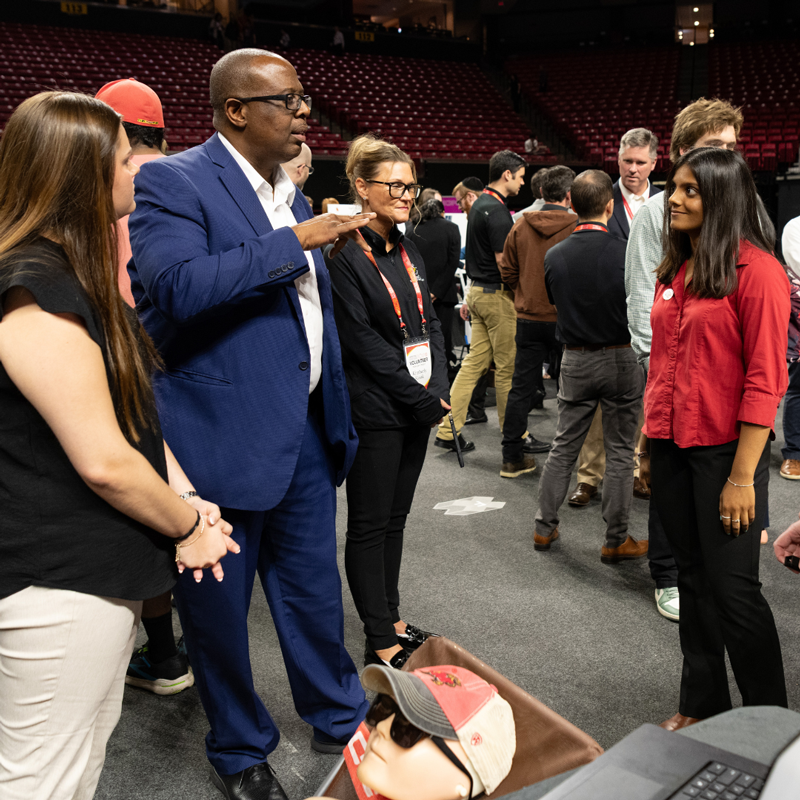

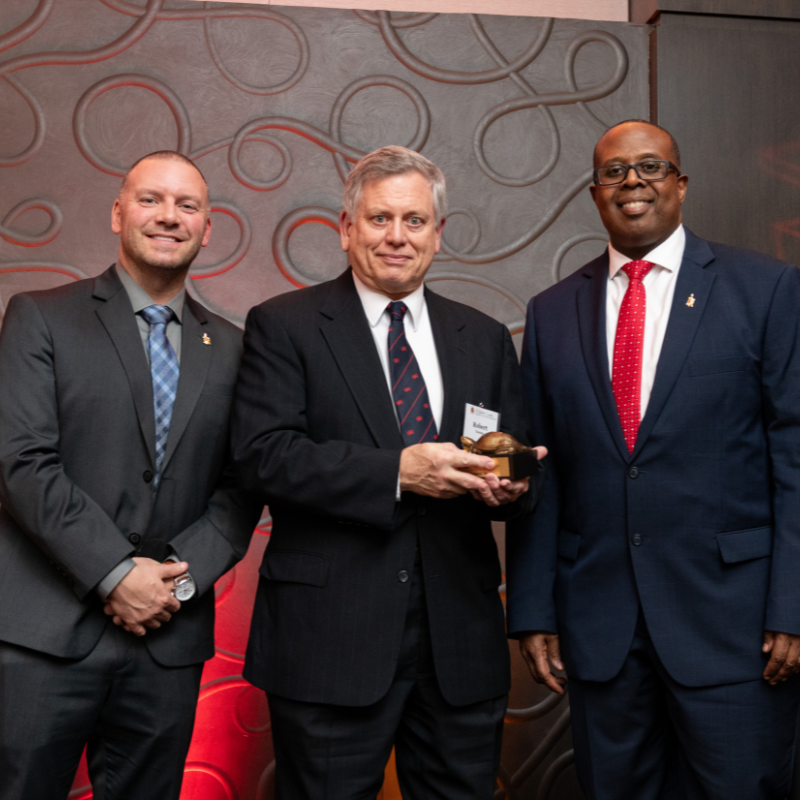
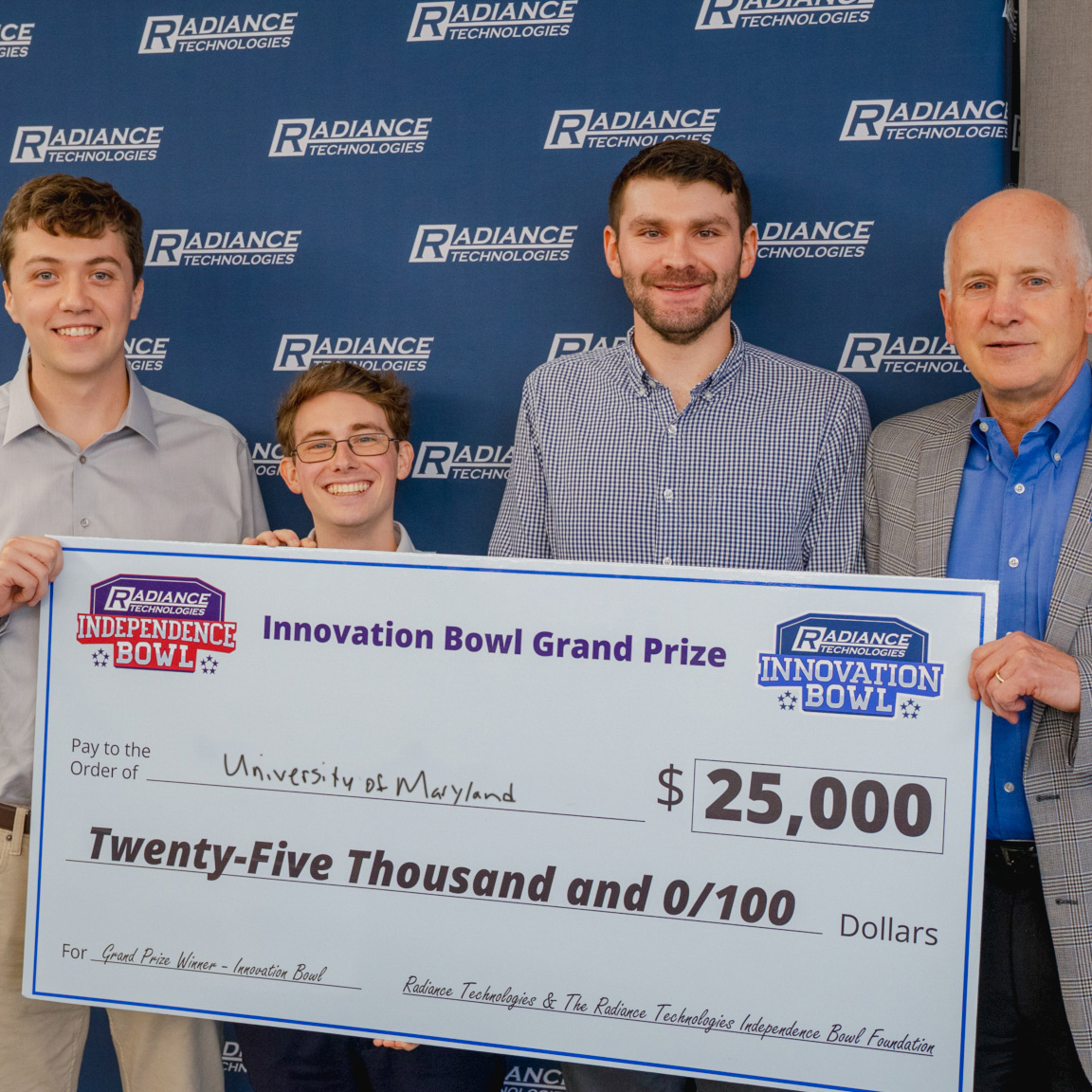
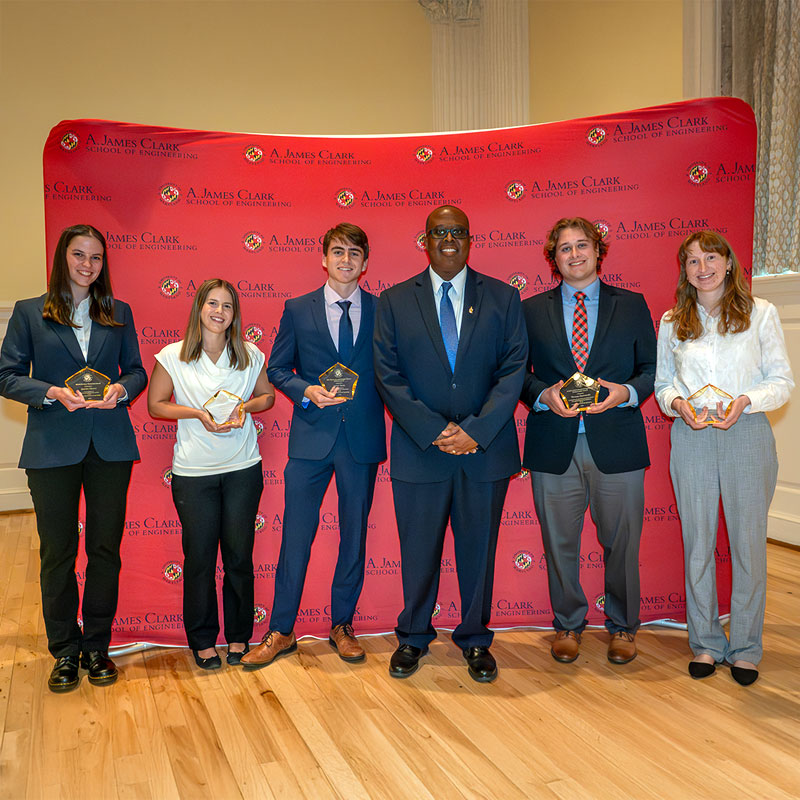
Recent Stories
Stories / Jul 2, 2025
Researchers Develop Autonomous Materials Discovery Engine Using...

Stories / Jun 17, 2025
UMD Scientists Discover Fastest Physical Phenomenon in...

Stories / May 30, 2025
Ichiro Takeuchi Named Chair of Materials Science and Engineering

Stories / May 29, 2025
MSE Student Selected for Prestigious Department of Energy...

Stories / May 16, 2025
Innovate Maryland Celebrates Transformative Research Shaping...

Stories / May 15, 2025
From the Chesapeake Bay to Deep Space: Innovating for the...

Stories / May 9, 2025
Maryland Engineers Design Photonic Hardware for Next-Generation...

Stories / Apr 28, 2025
Wired to Contribute

Stories / Apr 25, 2025
Maryland Engineers Win Radiance Technologies Innovation Bowl

Stories / Apr 25, 2025
76 Undergrads Recognized at Annual Honors & Awards Celebration
